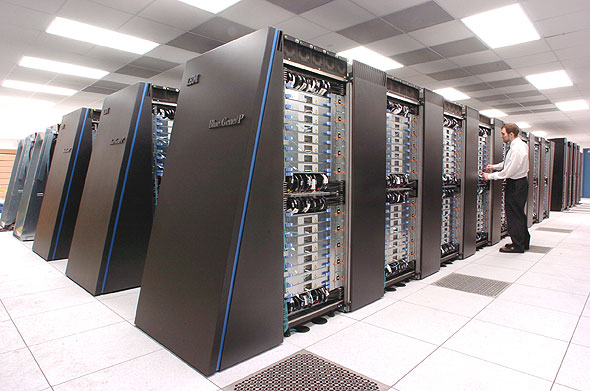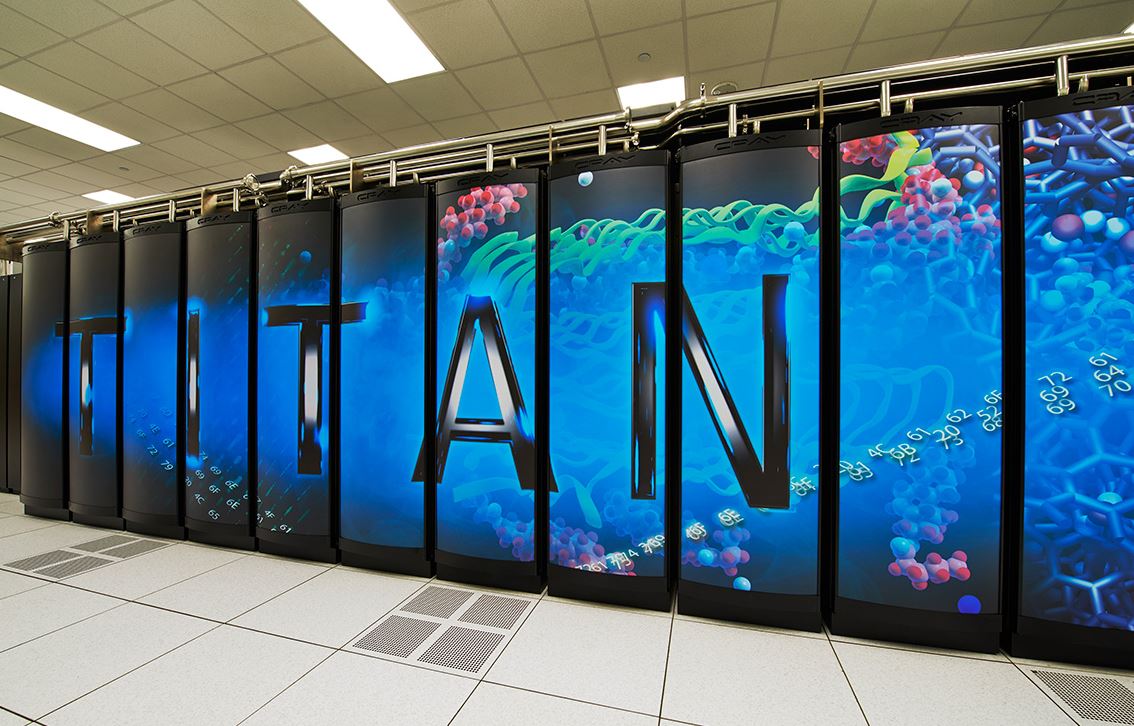Hardware
Computer Mainframes

A computer mainframe is a type of computer/server which has the ability to maintain a vast quantity of applications for a large number of users to use. Mainframe computers can be seen in our everyday environment, for example, an ATM machine is a mainframe. Since the mid 1990s, businesses and organisations have taken advantage of the large scale data processing ability that mainframes offer. IBM, the company which invented early mainframe systems and still specialise in the market say: “In banking, finance, health care, insurance, utilities, government, and a multitude of other public and private enterprises, the mainframe computer continues to be the foundation of modern business.” (IBM).
According to IBM, the term ‘mainframe’ is “used to describe a style of operation, applications, and operating system facilities.” (IBM). Interchangeable with the name ‘server’, as today they essentially perform the same tasks. However, people tend to call a system a ‘mainframe’ when talking about a higher-end, more powerful unit.
With the increase in corporation use of servers, mainframe hardware has been implemented to deal with large scale data handling, and they are often seen in ‘server farms’. They have the ability to run multiple operating systems to run numerous applications at the same time.
-
Computer Mainframe Sources: IBM - Mainframe Article
https://www.ibm.com/support/knowledgecenter/zosbasics/com.ibm.zos.zmainframe/zconc_whatismainframe.htm https://www.ibm.com/support/knowledgecenter/zosbasics/com.ibm.zos.zmainframe/zconc_whousesmf.htm
Supercomputers

Super computers are extremely fast, powerful, expensive machines which specialise in applications which need to process a copious amount of mathematical calculations.
An example of where a supercomputer is used would be in weather forecasting. The Met Office have been using various versions of supercomputers since the 1950’s. In 1959, they purchased their first computer which was “Capable of doing 30,000 calculations a second, it was a major step forward in the evolution of making weather forecasts. For the first time, scientists were able to regularly use numerical methods to make their forecasts.” (The Met Office [21 June 2016]). As time progressed, and research continued, the amount of observation inputs which affect weather forecasting increased. This meant that they needed an even more powerful machine which could steadily handle a larger amount of input data and be even faster. A new supercomputer was purchased in 1965 which performed calculations at a speed of 50,000 per second.
The cycle continued, with more input data collected, and with bigger advancements in supercomputer technology, the Met Office regularly upgraded. Today they own a machine called the “Cray Supercomputer”, with “calculation speeds of 16,000 trillion calculations a second.” (The Met Office [21 June 2016]). Allowing it to process “hundreds of thousands of weather observations from all over the world”.
Other uses of supercomputers include nuclear energy research, petroleum exploration, and animated graphics.
-
Supercomputer Sources: The Met Office
http://www.metoffice.gov.uk/news/in-depth/supercomputers
https://fossbytes.com/wp-content/uploads/2015/06/Titan-Supercomputer.jpg
